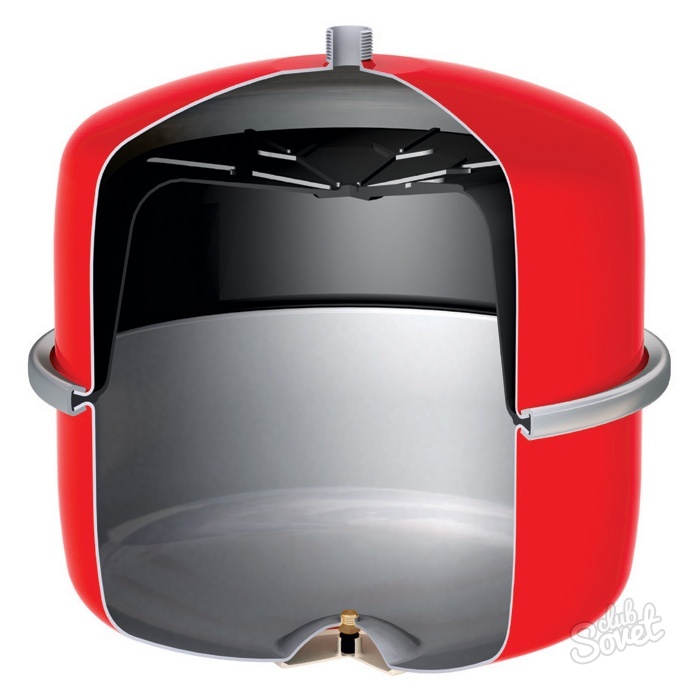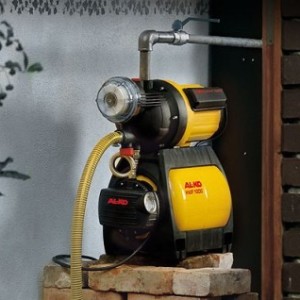The choice of expansion tank is a situation in which knowledge of the most popular and reliable manufacturers is not enough. In this case, it will have to remember the elementary physics that some did not learn at school, and others - diligently tried to forget. The fact is that the fluid molecules when heated change their volume upwards, and when cooled is returned to the previous volume. Expansomat (professional name of the expansion tank) in the heating system plays the role of a peculiar compensator, a reservoir for the expanding and cooled fluid. If the water is hot in the circuit, the tank holds the surplus, and when the water cools - it returns water into the system.
In a professional locksmith, where they are engaged in heating equipment, you can meet such types of heating systems - open and closed. The same classification and in the tanks. In the first form of systems, the liquid moves according to natural laws. The main task is the placement of the tank above any element in the heating circuit. It may be an attic, and a place under the ceiling. As an expansion tank, in this case, ready-made containers are becoming, which are modified and finalized, or welded structures from steel sheet. Requirements for such a Baku are a bit, even capacity is not so significant - minimum of 5 liters. Despite all the simplicity, he has many drawbacks:- the constant contact of the water fluid accelerates the process of oxidation of heating radiators and connecting steel pipes;
- the fluid under the action is evaporated - it is necessary to constantly monitor its level;
- the dimensions of open tanks not only spoil the interior decoration, but also deliver inconvenience;
- open tanks, which are mounted outside the premises, must be insulated.
- increased reliability of the whole design as a whole;
- easy in attaching this type of tanks;
- the contact of the coolant with air is excluded, which reduces the oxidation processes of metal parts during contact with water;
- great efficiency, if you compare them with other type pots;
- the absence of any evaporation due to the membrane mechanism;
- you can position the tank at any convenient place;
- no need for an additional insulation of the tank.
V \u003d ((E X C) / (1 - (p o./ P. m.))) / KAP, where:
V is the required volume of the tank.
E is the fluid expansion coefficient that is in the system. It is also necessary to take into account the maximum temperature of the coolant. For water, this indicator at a temperature of 85 ° C is 0.034.
C is the total volume of fluid in the heating system. Here take into account the volume in radiators and pipes, the volume of the boiler tank and other elements with the coolant.
P. o. - minimum pressure in the tank. This indicator should not be less than the pressure of the entire heating system at the tank location.
P. m.- Maximum pressure that can withstand safety valve.
KAZ - the coefficient of use of the internal volume of the tank, in percent. Its value is equal to the ratio of the volume of the filled tank to the maximum possible volume of the coolant.
The figure below presents data that will help determine the maximum tank capacity:


The choice of expansion tank is not the most difficult part in the design of its own heating. The question of the next level of complexity becomes its correct installation. It is better to entrust this question to professionals, so as not to hide in the cold winter with another blanket.




































